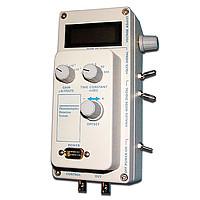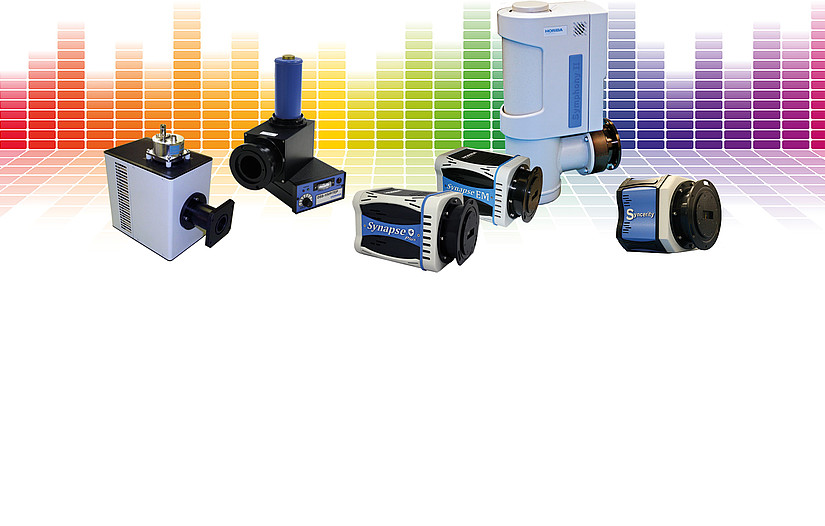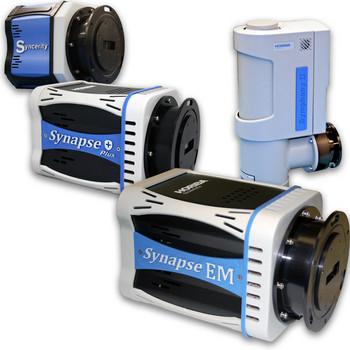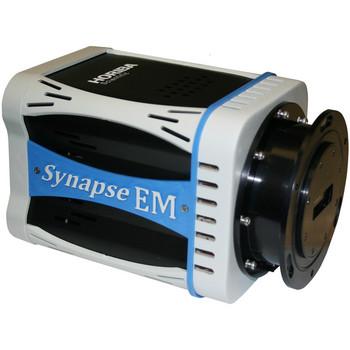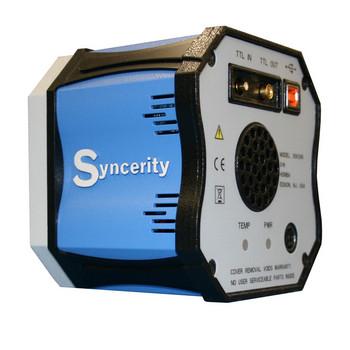Controls
All controls and displays are available on the front and side of the OBB PMT housing.
Control Specifications | ||
|---|---|---|
| Display | LCD display of high voltage or signal |
Controls | On/Off switch | |
BNC Connectors | Signal Out | |
Physical Specifications
| Dimensions (WxDxH) | 4 x 4 x 8 inches | |
|---|---|---|
| Weight | 4 lbs |
High Voltage Power Supply Specifications
| Input | ± 15 VDC, 250 mA | |
|---|---|---|
| High Voltage | -200 to -1,100 VDC manually adjustable LCD displays actual cathode voltage | |
| External High | 0 to +5 VDC (0 = -200 V, 5 = -1,100 V) | |
| Voltage Adjust | Continuously adjustable | |
| Input Regulation | ± 0.05% max. (for 15 V ± 1 V input). | |
| Load Regulation | ± 0.05% max. | |
| Ripple | 100 mV p-p max. | |
| Temperature Coefficient | ± 0.01% max. (+5 to 40°C) | |
| Drift | ± 0.03%/hr. max. (after 15 minute warm-up) |
Analog Mode Specifications
| Gain Settings: | 1 µA = 1 V 0.1 µA = 1 V 0.01 µA = 1 V 0.001 µA = 1 V | |
|---|---|---|
| Time Constant Settings: (with Corresponding Analog Frequency) | 0.05 msec (20 KHz) 0.5 msec (2 KHz) 5 msec (200 Hz) 50 msec (20 Hz) 500 msec (2 Hz) | |
| Offset Correction: | ± 50 nA | |
| Signal Output on BNC connector: | Analog voltage |
Photon Counting Mode Specifications
| Linear Dynamic Range: | 5 orders of magnitude* | |
|---|---|---|
| Dead Time: | 250 ns | |
| Signal Output on BNC connector: | TTL |
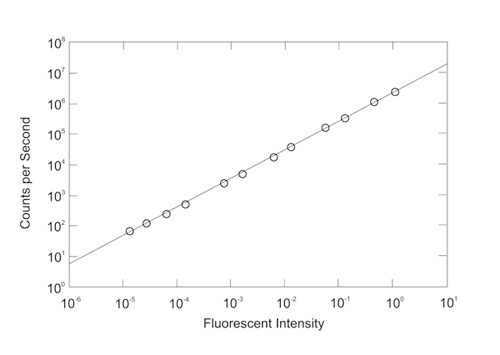
* Linear dynamic range of the OBB photon counting PMT housing. The intensities were produced by attenuating the fluorescence emission of a fluorescein sample with neutral density filters.
 您正在瀏覽的產品已停產,但您仍可以繼續訪問此頁面以獲取相關售後服務支持。
您正在瀏覽的產品已停產,但您仍可以繼續訪問此頁面以獲取相關售後服務支持。
